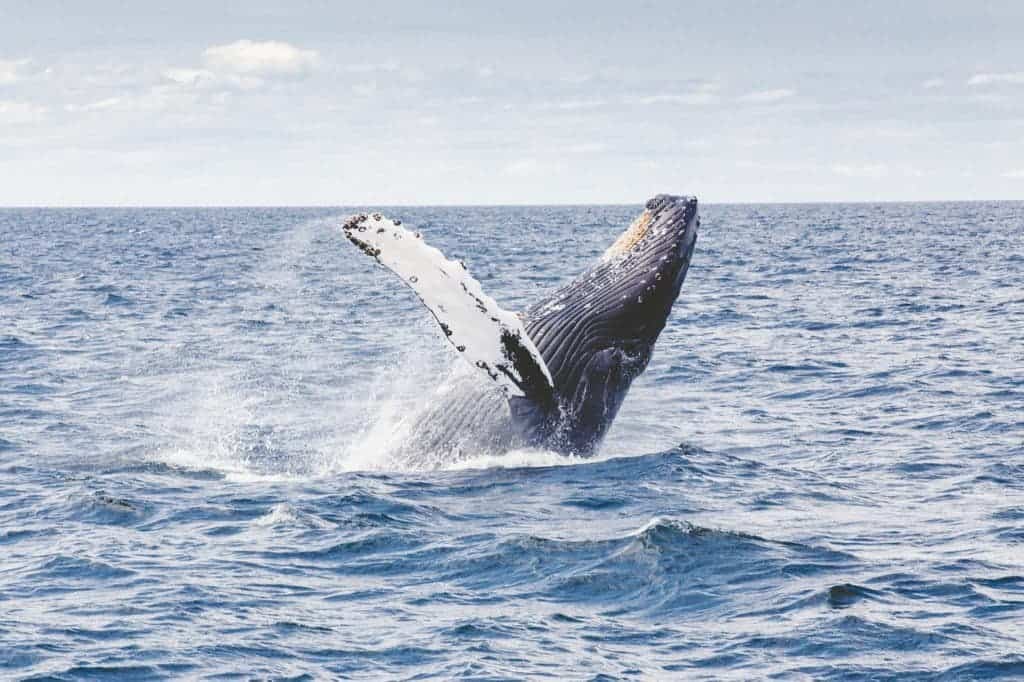The past five mass extinctions known to paleontologists follow no preferential pattern on which marine species were lost. For some time, scientists have warned that wildlife is headed for a sixth major extinction, one that may have already started and is caused primarily by humans. A new study suggests that this mass extinction is unprecedented on a couple of levels, among which the way marine species are wiped out. Namely, larger ones are favorably lost which could disrupt marine ecosystems for millions of years.
A consequential bias
“If this pattern goes unchecked, the future oceans would lack many of the largest species in today’s oceans,” said Jonathan Payne, associate professor and chair of geological sciences at Stanford University.
“Many large species play critical roles in ecosystems and so their extinctions could lead to ecological cascades that would influence the structure and function of future ecosystems beyond the simple fact of losing those species.”
Payne and colleagues note that human activities, particularly fishing, are targeting large species like great white sharks, blue whales, and southern bluefin tuna because these are easier to catch and yield a better return. The danger posed to large species of marine life is, thus, disproportionate as smaller species are less targetted. Losing large marine species could have a cascading effect on the local ecosystem as these keep smaller species in check. Payne cites the loss of tritons, large predator snails, which have made room for the crown of thorns starfish to flourish by eating coral.
To assess how the current species loss compares to previous mass extinction events, Payne and colleagues combed through a database of 2,497 groups of marine vertebrate and mollusc over the past 500 years, then compared extinctions to those from the ancient past using a fossil database.
Unlike today, the researchers could find no pattern in ancient times of discriminatory extinction among large or small species. In fact, over the past 66 million years, the researchers found a small link between a species small body size and going extinct — that’s a strong reversal to the present situation.
“We see this over and over again. Humans enter into a new ecosystem, and the largest animals are killed off first. Marine systems have been spared up to now, because until relatively recently, humans were restricted to coastal areas and didn’t have the technology to fish in the deep ocean on an industrial scale,” said Noel Heim, co-author of the new study published in the journal Science.
Though it was surprising for the researchers not to find any strong link between body size and extinction over the last millions of years, the present situation is anything but. That’s because humans have caused many extinctions of large land animals, which are often the first to go. For instance, there’s the Late Quaternary extinction event which followed in the footsteps of the last ice age and saw humans wipe out many megafauna species like the giant short-faced kangaroo, the wombat-like ‘diprotodon’, or the Genyronis Newtoni bird.
Ending on an optimistic note, Payne says that at least the current of species loss among large marine animals is not at the same level as that of lost large land species. “I think there are a lot of reasons to be optimistic about the oceans, because we haven’t impacted them much yet,” he told the Washington Post.
The study couldn’t have been timed better. The U.S. State Department will soon open the door to its third annual Our Ocean conference which gathers heads of state and environmentalists from all over the world in an effort to find the best solution to the ocean’s most complex problems.










